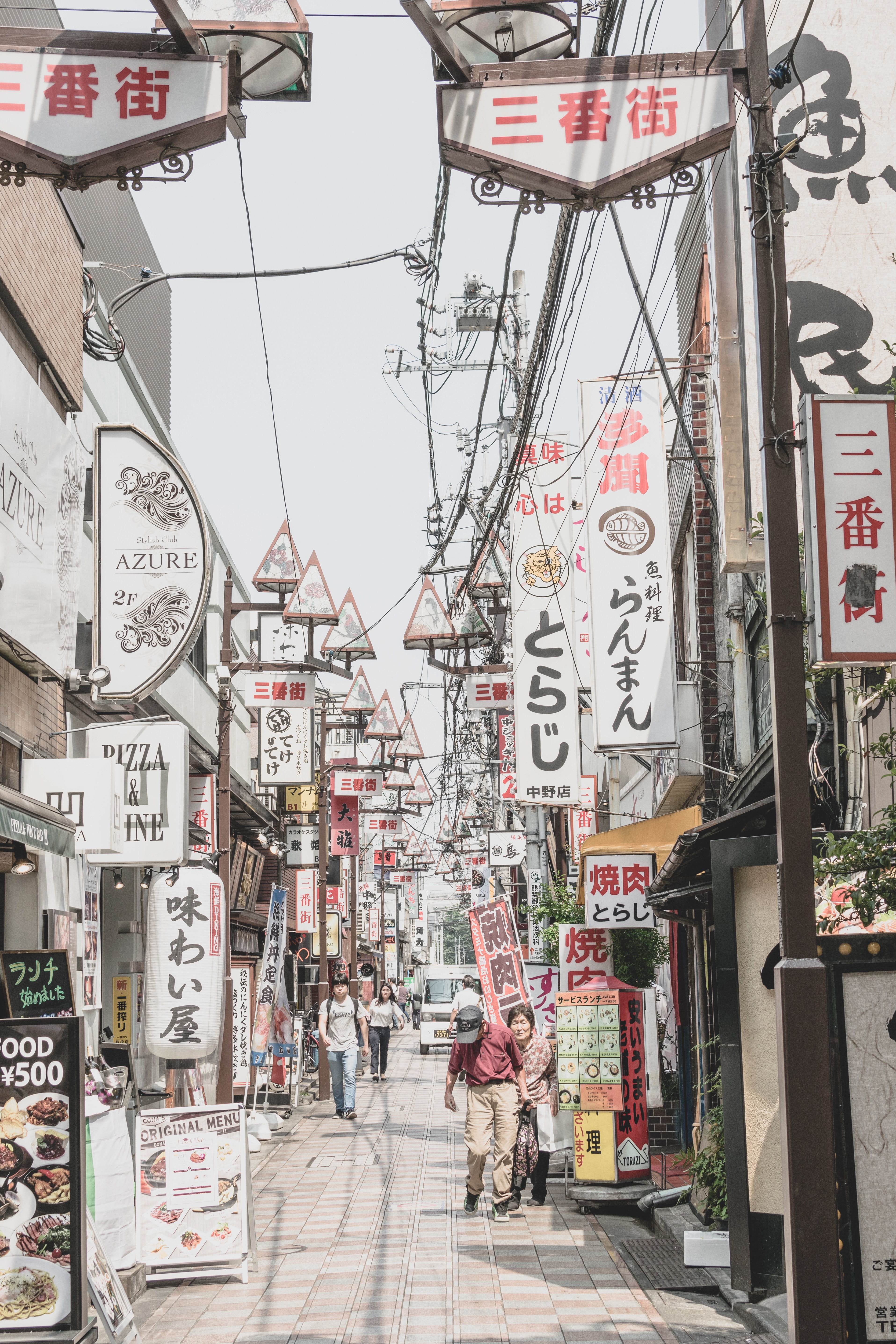
Noun in Japanese only have one form, which is used under all circumstances. The noun itself even includes the concept of English articles ‘a, an, the’. As an example, the word ‘星’ (hoshi) can be translated as ‘star, a star, the star, stars, the stars’; depending on the context.
Plurals
The commonly singular and plural forms that English uses – a, an, -s, -es’ – have no exact equivalents in Japanese. The formation of plural noun in Japanese is by:
1. Addition of the Suffixes
Examples:
子供 → 子供達
kodomo → kodomotachi
child → children
学生 → 学生達
gakusei → gakusei-tachi
student → students
彼 → 彼ら
kare → karera
he → they (male)
彼女 → 彼女ら
kanojo → kanojora
she → they (female)
2. Noun Repetition
The symbol 々, which is known as the 同の字点 (dō no jiten) in Japanese, is the punctuation mark that represents the duplicated of kanji character. Examples:
山 → 山々
yama → yamayama
mountain → mountains
人 → 人々
hito → hitobito
person → people
3. Using Japanese counters
By using Japanese counters, we can clearly determine the number of objects – singular or plural. Read: Top 5 Japanese Counters You Must Know!
Examples:
一個
ik-ko
one piece
二個
ni-ko
two pieces
三個
san-ko
three pieces
の (no) – the Noun Modifier
の (no) is the particle that we can use to link two nouns. For better understand, you can translate this particle as preposition ‘of’ (the closest but not the best translation). It can be used to indicate possession, material, origin, and so on.
Structure: Noun 1 + の + Noun 2
Examples:
先生の研究室です。
Sensei no kenkyūshitsu desu.
It is the teacher’s laboratory.
太陽の光です。
Taiyō no hikari desu.
The light of the sun.
木の葉です。
Ko no ha desu.
The leaf of the tree.
Let’s learn Japanese today! Join us at LingoCards!